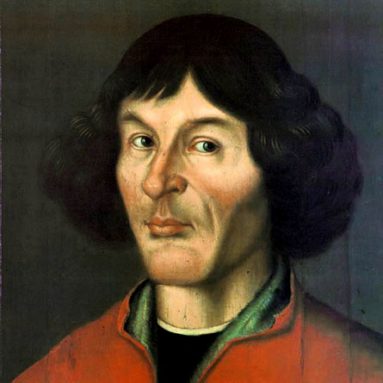Heaviest named element is official
Superheavy copernicium takes its place in the Periodic Table.
Everything on Earth that scientists can see, measure or study is made of atoms — and atoms are named by what type of element they are. You probably know the name of many elements, such as oxygen, gold or hydrogen. Others, such as cadmium or xenon, may sound strange and exotic. In any case, elements are everywhere: You, your shoes, your desk, cars, water, air — all made of elements.
Now, there’s a new kid on the block: Elements, meet copernicium.
This element was officially named on February 19, but the element itself isn’t new. German scientists made and observed it in 1996. But in the 14 years since then, other scientists have been working to study and validate the original findings. A scientific breakthrough is “validated” when other scientists can perform the same experiment and get the same results. Validation is an important part of the scientific process because it demonstrates that a scientific discovery was not a mistake.
All that hard work finally paid off when the element finally received its name, copernicium, from the International Union of Pure and Applied Chemistry (the organization in charge of making sure chemists all over the world use the same words to mean the same things.) copernicium is named in honor of Nicolaus Copernicus, a 16th century Polish scholar who proposed that Earth orbits the sun (rather than that everything orbits Earth) and that Earth turns on its own axis. These ideas may seem obvious now, but in 16th century Europe, they were revolutionary.
 |
|
The element copernicium has 112 protons and is named for the 16th century scholar Nicolaus Copernicus (pictured).
|
| Dumelow/Wikimedia Commons |
Scientists organize all the elements on a chart called the Periodic Table. Each element gets a symbol and its own number, and copernicium gets the symbol Cn and the number 112. This number means that inside every atom of copernicium are 112 protons. Protons are particles inside the nucleus, or core, of every atom. The lightest element, hydrogen, has only one proton inside each atom.
Its 112 protons make copernicium the heaviest known element with a name. It was first observed by Sigurd Hofmann, a scientist at the Center for Heavy Ion Research, or GSI, in Darmstadt, Germany. Hofmann and his team created copernicium in the laboratory when they blasted atoms of lead (each with 82 protons) with zinc isotopes, kinds of zinc atoms that each had 30 protons.
This was no easy process: You can’t just shoot one atom at another and expect the atoms to buddy up. In 1996, Hofmann and his team had to figure out a way to get all the protons together — and stick. They used a machine, called the Universal Linear Accelerator, that can accelerate atoms up to 10 percent the speed of light. After a week of working on these high-speed collisions, Hofmann’s team found copernicium — even though it quickly vanished. Most of the superheavy elements in copernicium’s neighborhood — those that are heavier than uranium — tend to be unstable, which means they decay into smaller atoms quickly.
Now, 14 years after Hofmann’s experiment, other scientists are able to make copernicium and validate Hofmann’s original work. Scientists are excited about copernicium. If such a superheavy atom can be created, then even heavier elements might be waiting in the future. “One of the exciting things is, how far can we keep going?” says nuclear chemist Paul Karol of Carnegie Mellon University in Pittsburgh.
Going Deeper:
Ehrenberg, Rachel. “Naming an atomic heavyweight,” Science News, February 25. http://www.sciencenews.org/view/generic/id/56651/title/Naming_an_atomic_heavyweight
Ornes, Stephen. 2010. “The hottest soup in New York,” Science News for Kids, March 3. http://sciencenewsforkids.org/articles/20100303/Note3.asp
Ornes, Stephen. 2008. “The particle zoo,” Science News for Kids, June 25. http://www.sciencenewsforkids.org/articles/20080625/Note2.asp







